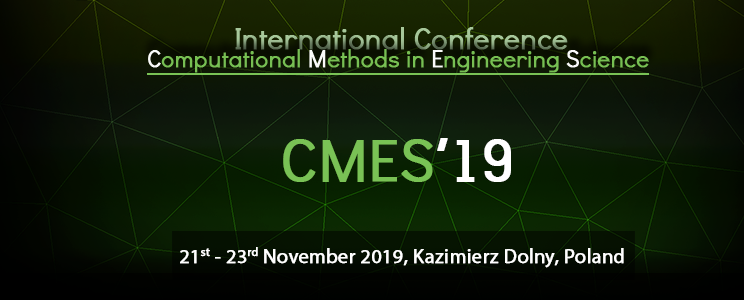W ramach realizacji zadania RID "Zastosowanie metod AI, VR i IoE w diagnostyce, nadzorowaniu i sterowaniu procesów w Przemyśle 4.0” powstała publikacja wygłoszona podczas konferencji International Conference of Computational Methods in Engineering Science – CMES’19, Kazimierz Dolny 21-23.11.2019. Artykuł został opublikowany w materiałach IOP Conference Series: Materials Science and Engineering, Volume 710, Number 1, indeksowanych w bazie SCOPUS (https://www.scopus.com/sourceid/19700200831)
G. Piecuch, M. Madera, T. Żabiński, Diagnostics of a welding process based on thermovision images using a convolutional neural network, IOP Conference Series: Materials Science and Engineering, Volume 710, Number 1, https://iopscience.iop.org/article/10.1088/1757-899X/710/1/012042
Abstract
Arc welding used at automated workstations in large-scale production systems requires continuous assessment of welded joints quality. There are known classical methods and diagnostic systems based on the observation of welding current or arc voltage, while along with the development of deep learning methods, the interest in diagnostics by the use of images is increasing. The article presents results of research conducted for the process of joining two stainless steel materials (AISI 304 and AISI 316L) of various thicknesses by means of a fillet weld, aimed at developing a method of diagnosing the welding process using a convolutional neural network. Infrared images recorded using two thermovision cameras mounted on a test stand were used to diagnose the process. EWM Tetrix 351 welding machine operating in TIG technology was used as an executive element. Welds were made at different currents and arc welding voltages, as well as at different welding speeds, which had a direct impact on its quality. The solution for binary classification of welded joints (correct or incorrect) with accuracy above 98% was achieved.







